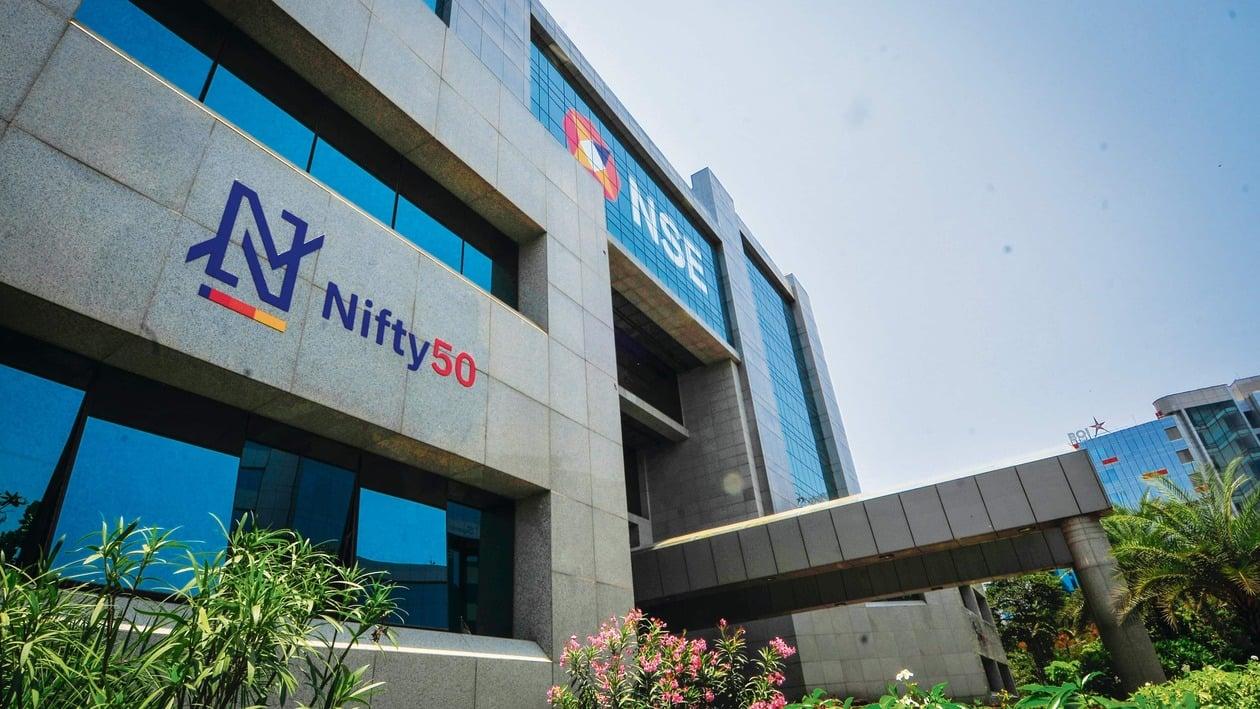The capital expenditure of the top 100 companies (excluding banks and financials) in the Nifty200 index rose to ₹4.65 trillion in the financial year 2022, on the back of favourable policies and market conditions, Financial Express reported.
According to data sourced from Bloomberg and Capitaline, this is also a 14% rise from ₹4.08 trillion in FY21, after two years of successive declines posted by the same universe.
Reliance Industries (RIL) led the way with a ₹1 trillion spending spree, followed by Oil & Natural Gas Corp ( ₹44,526 crore), Bharti Airtel ( ₹26,541 crore), NTPC ( ₹24,444 crore), and Indian Oil Corp ( ₹23,037 crore), among others.
The largest company by revenue, profit, and market capitalisation — RIL — has been deploying over a trillion rupees as Capex for the last two years.
Among the top corporates, the Capex spend of Grasim Industries, Tata Power, and UltraTech Cement has more than doubled in FY22. While Vedanta spent ₹10,630 crore in FY22, its highest spent in the last seven years, Tata Steel spent 51% higher than its last year’s outlay, Bloomberg data showed.
The decade-high Capex of these companies is due to deferred Capex plans from fiscal 2021, healthy balance sheets post-deleveraging across corporates, conducive government support through policy measures such as the Production-Linked Incentive (PLI) schemes, reduced corporate tax rates, accommodative monetary policies, and lower interest rates, among others, Hetal Gandhi, director at Crisil Research, said.
Commodities upcycle, which has benefitted metal and cement players, rising merchandise exports, supply chain diversification (China + 1 strategy) and rising emphasis on environmental, social and governance (ESG) compliance that triggered green Capex were other catalysts, Gandhi added.
"The latest data for ‘private corporates’ in the listed space is now showing traction (aggregate Capex rises to ₹6.3 trillion in FY22 versus ₹5.5 trillion in FY21) along with evidence of a pick-up in household investments in real estate. "Also, combined government Capex rose to ₹11.1 trillion in FY22 and is likely to exceed ₹14 trillion in FY23 going by budget estimates," ICICI Securities said in a note.
The rise in Capex in the listed space was driven by the capital-intensive sectors of energy, utilities, consumer discretionary, telecom, and industrials, while the central government spent ₹5.9 trillion and state governments spent ₹5.2 trillion during the year. During the current economic recovery, Gross Fixed Capital Formation (GFCF) and construction activity growth are outpacing nominal GDP growth.
"This indicates that the Capex activity is also robust outside corporates and government institutions, which largely encompasses the investment of households into real estate," the brokerage firm said.
